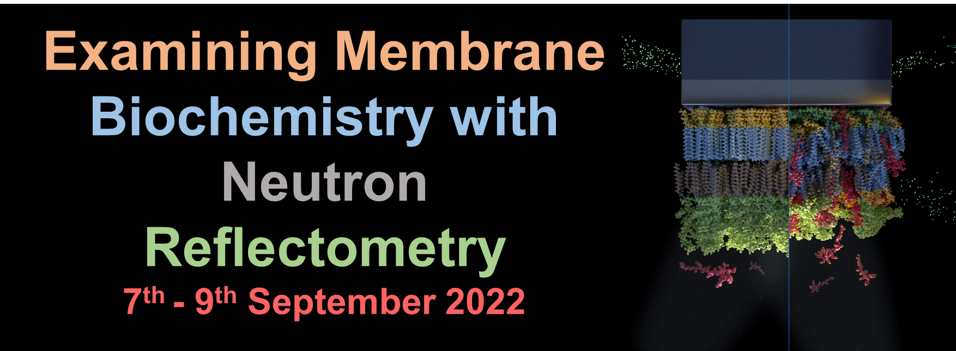Speaker
Description
Neutron reflectometry (NR) is an ideal tool for studying biological membrane models, and many different models, mimicking bacterial and mammalian cells have been developed in recent years. Often, the focus of such NR studies is on the interaction of various molecules, e.g. proteins, polymers, peptides etc with the membrane model. Another interesting use of such models is the characterisation of membrane proteins under physiological conditions. This is in contrast to other techniques, such as NMR or cryo-EM, which often do not allow observation under physiological conditions.
Here, we present a body of work dedicated to the characterisation of the pore-forming membrane protein MscL (Mechanosensitive Ion Channel of Large Conductance). Our interest in this protein is the fact that MscL is responsible for translating physical forces applied to cell membranes into electrophysiological activities. MscL has a relatively large conductance, 3 nS, making it permeable to ions, water, and small proteins when opened. MscL acts as stretch-activated osmotic release valve in response to osmotic shock.
We discuss the benefits and limitation of two different membrane models, including a novel "suspended" one, with aim of not only determining the protein's location within the membrane, but also attempting to observe the actual opening (or gating) of MscL triggered by exposure of the membrane to the antimicrobial peptide (AMP) pexiganan (PXG). Our hypothesis is that MscL could serve as an Achilles heel that increases antimicrobial activity of AMPs.

